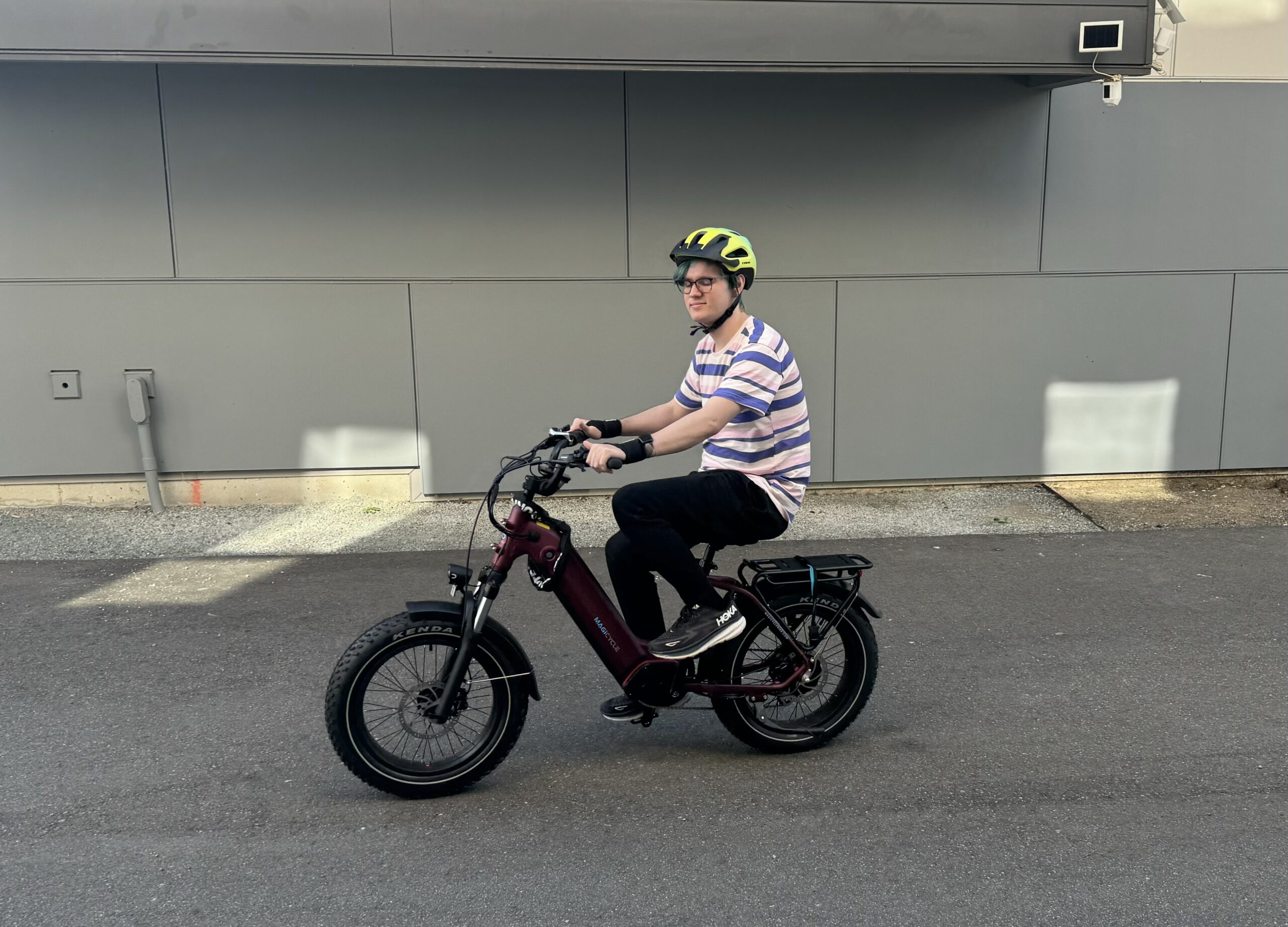
Mining companies like BHP, Rio Tinto, and Fortescue don’t care a fig about zero-to-sixty times, massive touchscreens, or vegan leather interiors. Their concern — their only concern — is for the bottom line. As the green revolution moves forward, they are looking for ways to lower the carbon emissions associated with their mining activities, and that means moving away from diesel engines. What are the alternatives for massive mining trucks that can weigh hundreds of tons? There are two — batteries or hydrogen fuel cells.
Both provide the electricity needed to turn electric motors, so which is better? The companies have done their research, gathered the data, and created the spreadsheets. For them, the answer is clear. Battery-powered mining trucks are the way to go. Why? Efficiency. BHP has now joined Rio Tinto and Fortescue in preferring electric mining trucks over hydrogen fuel cell trucks because they are more efficient. Not a little bit more efficient, a lot more efficient.
“Each year, our Australian operations use roughly 1,500 [million] liters of diesel in over 1,000 pieces of equipment. Over half of this is used in our truck fleets. Electrification is the preferred pathway to eliminate this diesel,” said Anna Wiley, BHP’s vice president for Australian planning and technical functions.
“Using hydrogen as an example, we see the greatest losses at [the fuel-to-tank stage] due to generation, storage and transportation compared to minimal losses in electricity generation and transmission. Once on board, the fuel needs to be transferred to energy. In both today’s diesel-electric technology, and in a hydrogen system, the fuel is used to generate electricity to drive the electric wheel motors which has additional losses compared to direct feed,” she told Hydrogen Insight recently.
Electric trucks demonstrate an overall efficiency of around 80%, while hydrogen and diesel trucks show only about 30% and 20% efficiency, respectively. These figures consider the complete fuel-to-wheel energy efficiency losses, making the electricity-to-battery-to-electricity process more efficient than the electricity-to-hydrogen-to-electricity cycle, according to Energy Innovations.
Cost savings for electric mining trucks are also higher than initially estimated. Comparisons focused on the hydrogen fuel that is already created, ignoring the losses involved in hydrogen production. Energy expert Saul Griffith points out that even with a perfect machine, only a little over 70% of the energy generated from solar cells can be converted into hydrogen. This means that almost 80% of the original renewable energy generated for the hydrogen system would be lost by the time the truck’s wheels were moving. In contrast, electric trucks require less wind and solar energy to cover the same distance and offer more cost savings.
Battery-Electric Mining Trucks
The preference for electric vehicles by BHP, Rio Tinto, and Fortescue does not mean the EV revolution in heavy equipment is complete, however. For one thing, the availability of battery-powered ultra-heavy trucks is an issue. Manufacturers are in the early stages of getting such vehicles into production.
Things are moving forward in the heavy truck industry, however. As CleanTechnica reported earlier this year, Nouveau Monde Graphite and Caterpillar have signed definitive agreements to provide a zero emission fleet of electric mining trucks to support operations at NMG’s Matawinie Mine. Volvo is also providing battery-electric mining equipment to Boliden, a Swedish mining company for its fleet of underground mining equipment.
In addition, the companies will need to expand their electric vehicle infrastructure to support an increase in the use of battery-powered machinery. BHP has already contracted for 1.2 GW of renewable energy, but may need up to four times that amount to meet its future electrical needs as it adds battery-electric equipment.
“There would be some downsides to offset this comparable efficiency advantage from electrification, such as how we resolve long term storage and constraints to mining operations due to power infrastructure,” Wiley said. “However, our view is that an electrified mining fleet is more economic and more achievable than the alternative fuel sources.”
Hydrogen Has A Role In Mining
BHP is developing what may become the world’s largest potash mine in Saskatchewan, Canada, and plans for 80% of the underground mining vehicles at that facility to be battery-electric. However, it is examining the potential for using hydrogen to replace fossil gas in the processing of the raw materials it extracts. Since fossil gas would account for 40% of the carbon emissions from the Jansen facility, substituting hydrogen would cut overall emissions considerably.
The decision by Australia’s three largest mining companies to focus on battery-electric mining trucks is in line with the recent experience in The Netherlands, where a recent subsidy round received no applications for hydrogen trucks. The Dutch government’s ongoing investment in hydrogen refueling stations has been questioned by environmental groups, which argue that electric trucks are more energy efficient and could become the norm by 2035. Independent research supports this conclusion, and suggests that electric trucks will be cheaper than either diesel or hydrogen alternatives. As of February 2023, there were 27 hydrogen trucks and over 400 electric trucks in the Netherlands, Energy Innovations reports.
Australia & Hydrogen
The nascent green hydrogen industry in Australia had hopes that the big mining companies would be a customer for their products, but the decision by BHP, Rio Tinto, and Fortescue is a blow to those plans. In fact, the hype about hydrogen in Australia is beginning to fade. According to my colleague, Michael Barnard, Fortescue was one of the prime proponents of mining equipment powered by hydrogen fuel cells until it ran the numbers and saw that hydrogen just doesn’t pencil out, no matter how passionate its advocates may be, even if one of them is Andrew Forrest, the head of Fortescue Mining Group.
Michael Barnard says the tipping point came at the Energy and Mines Australia Summit in Perth on June 14, where Christiaan Heyning, the head of decarbonization for Fortescue Mining Group, said the company was choosing electric rather than fuel cell trucks because using hydrogen would require three times the amount of electricity. He was joined by John Mulcahy, principal adviser on surface mining and technology at Rio Tinto, Australia’s largest iron ore mining company. “The hydrogen cycle is about one third as efficient, so our initial view is let’s drive it with batteries because of the higher efficiency, the lesser impact on infrastructure and distribution systems,” he told the conference.

Efficiency is the watchword for the green economy. The efficiency of internal combustion engines is awful. As the world continues to heat up, can we afford to waste nearly three-quarters of the energy contained in a gallon of gasoline or diesel fuel? Can we afford to use hydrogen vehicles that are 30% efficient when electric vehicles are 80% efficient? Being environmentally conscious means not being profligate with the energy we do use. In the world of cars and trucks — any cars and trucks — battery-electric is simply the smartest and cheapest way to go.
I don’t like paywalls. You don’t like paywalls. Who likes paywalls? Here at CleanTechnica, we implemented a limited paywall for a while, but it always felt wrong — and it was always tough to decide what we should put behind there. In theory, your most exclusive and best content goes behind a paywall. But then fewer people read it! We just don’t like paywalls, and so we’ve decided to ditch ours. Unfortunately, the media business is still a tough, cut-throat business with tiny margins. It’s a never-ending Olympic challenge to stay above water or even perhaps — gasp — grow. So …




